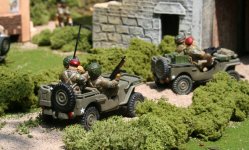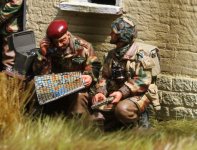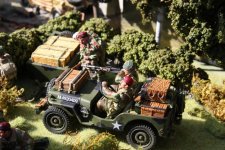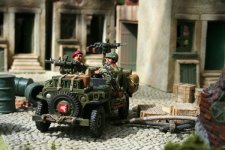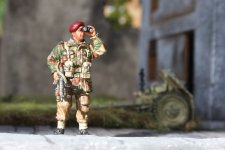Louis Badolato
Lieutenant General
- Joined
- Apr 25, 2005
- Messages
- 18,442
Kevin,
Great photographs, I especially like the Jeeps!:salute::
Great photographs, I especially like the Jeeps!:salute::
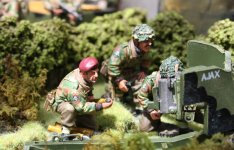
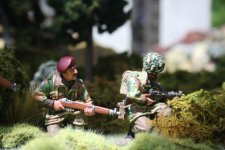
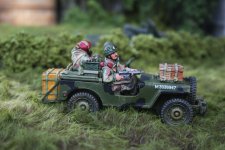
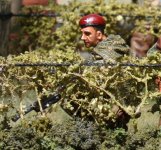
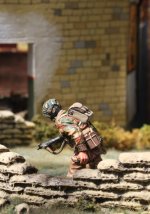
Kevin,
Another tremendous set of photographs!:salute::
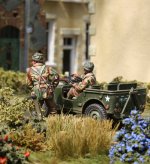 Elements of Airlanding Brigade HQ
Elements of Airlanding Brigade HQ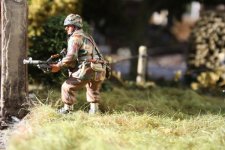
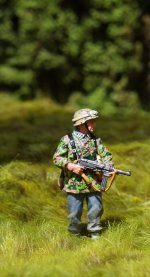
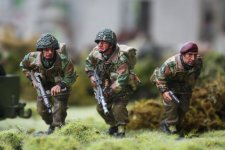

 re-organising after landing
re-organising after landing Lieutenant Peter Bucknall was in the lead jeep
Lieutenant Peter Bucknall was in the lead jeep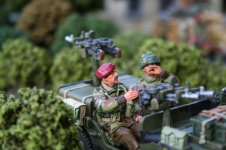 attack jeep
attack jeep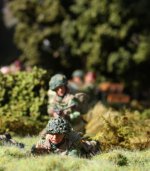 pinned down
pinned down 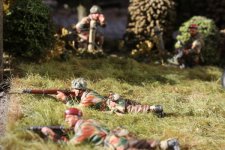 return fire
return fireAnother set of terrific photos, Kevin!:salute:: The jeeps are very photogenic!
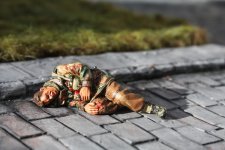 wounded para
wounded para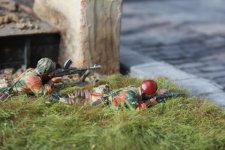 returning fire
returning fire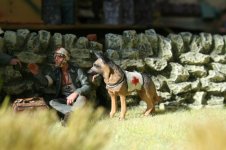 German wounded and four legged medic assistant
German wounded and four legged medic assistant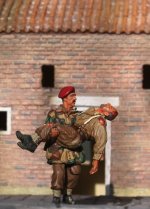
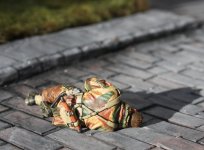

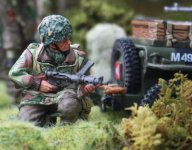


Kevin,
Lt Bucknall and his three paratroopers in the leading jeep were all killed. The jeep was found the next day in a track by a wooded rise. They had been hit in the back by bullets and scorched in the front by a flame-thrower.
View attachment 267964
Maybe the jeep was traveling so fast that it went past the Germans before they could fire? Or maybe the Germans initially held their fire, perhaps hoping for a second jeep, before they
exposed their positions? It was not discovered when the flame-thrower was used.
(Because of the switching of the lead jeep, the flame-thrower-burned body of Trooper Ted Gorringe was wrongly identified. It was not until 1987 that the Commonwealth War Graves Commission accepted that it was Trooper Gorringe's grave).
The rest of C Troop only saw what had happened to the second jeep, described above. Their C.O. was Captain John Hay. Hay ordered the next section to dismount .......
View attachment 267965
..... and advance tactically, on foot.
View attachment 267966
However, the Germans proved too strong for their small force, so they were forced to retreat with two men fatally wounded.
View attachment 267967
View attachment 267968
Kevin,
Your collection of European buildings useful for a WW2 western front scene is beyond impressive. I noticed you slipped in a Hudson & Allen destroyed Stalingrad Factory, but it works seamlessly. The photos, and the narrative, are excellent!:salute::
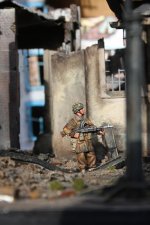
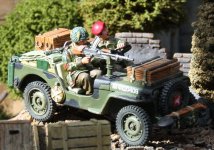
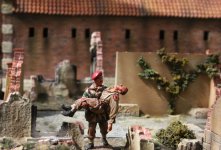
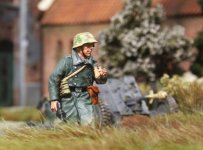

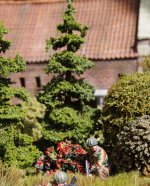
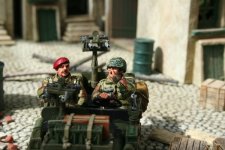
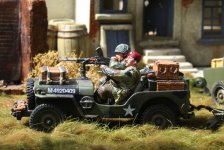
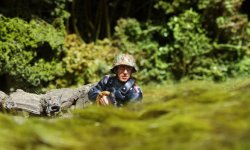
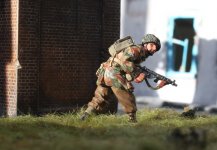
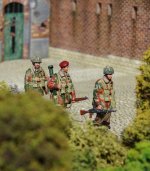
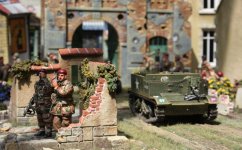
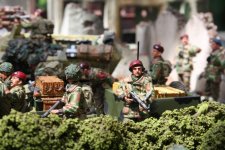
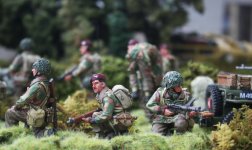
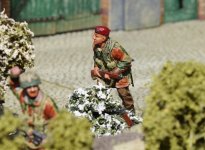 1st Battalion sets off
1st Battalion sets off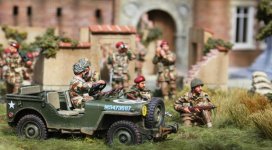 He wants us to do what?
He wants us to do what?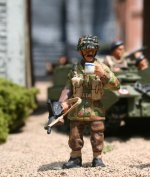 Frost considers the CO's suggestion.
Frost considers the CO's suggestion.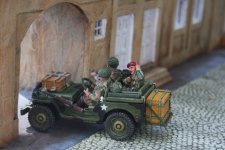
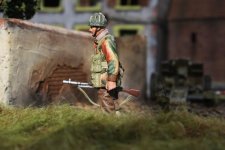
 K&C figure of Major-General Urquhart
K&C figure of Major-General Urquhart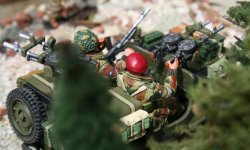
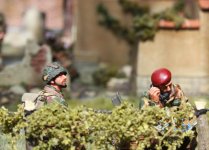 K&C figure of Major Gough on the right
K&C figure of Major Gough on the right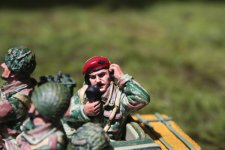
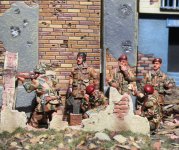 a view of Divisional HQ
a view of Divisional HQ Urquhart before the journey by jeep
Urquhart before the journey by jeep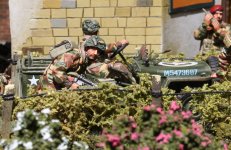 Urquhart reaches Lathbury's Brigade HQ column
Urquhart reaches Lathbury's Brigade HQ column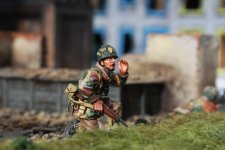 'you heard the brass, get a move on'
'you heard the brass, get a move on' 
